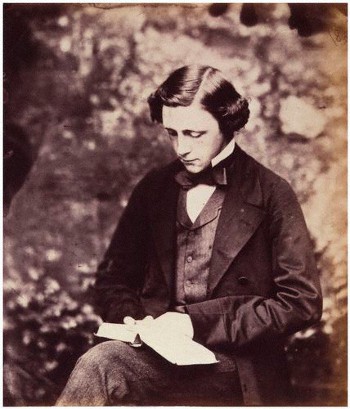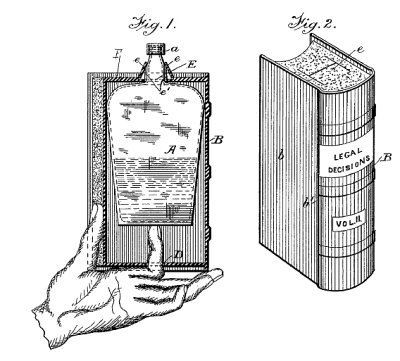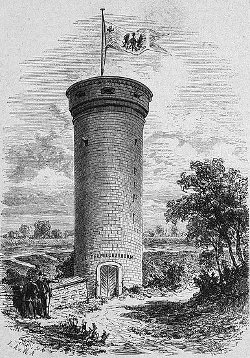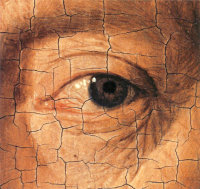
Letter from Charles Dodgson to Nellie Bowman, Nov. 1, 1891:
C.L.D., Uncle loving your! Instead grandson his to it give to had you that so, years 80 or 70 for it forgot you that was it pity a what and: him of fond so were you wonder don’t I and, gentleman old nice very a was he. For it made you that him been have must it see you so: grandfather my was, then alive was that, ‘Dodgson Uncle’ only the. Born was I before long was that, see you, then But. ‘Dodgson Uncle for pretty thing some make I’ll now,’ it began you when, yourself to said you that, me telling her without, knew I course of and: ago years many great a it made had you said she. Me told Isa what from was it? For meant was it who out made I how know you do! Lasted has it well how and. Grandfather my for made had you macassar-Anti pretty that me give to you of nice so was it, Nellie dear my
“If you see Nobody come into the room,” he wrote to another girl, “please give him a kiss from me.”





